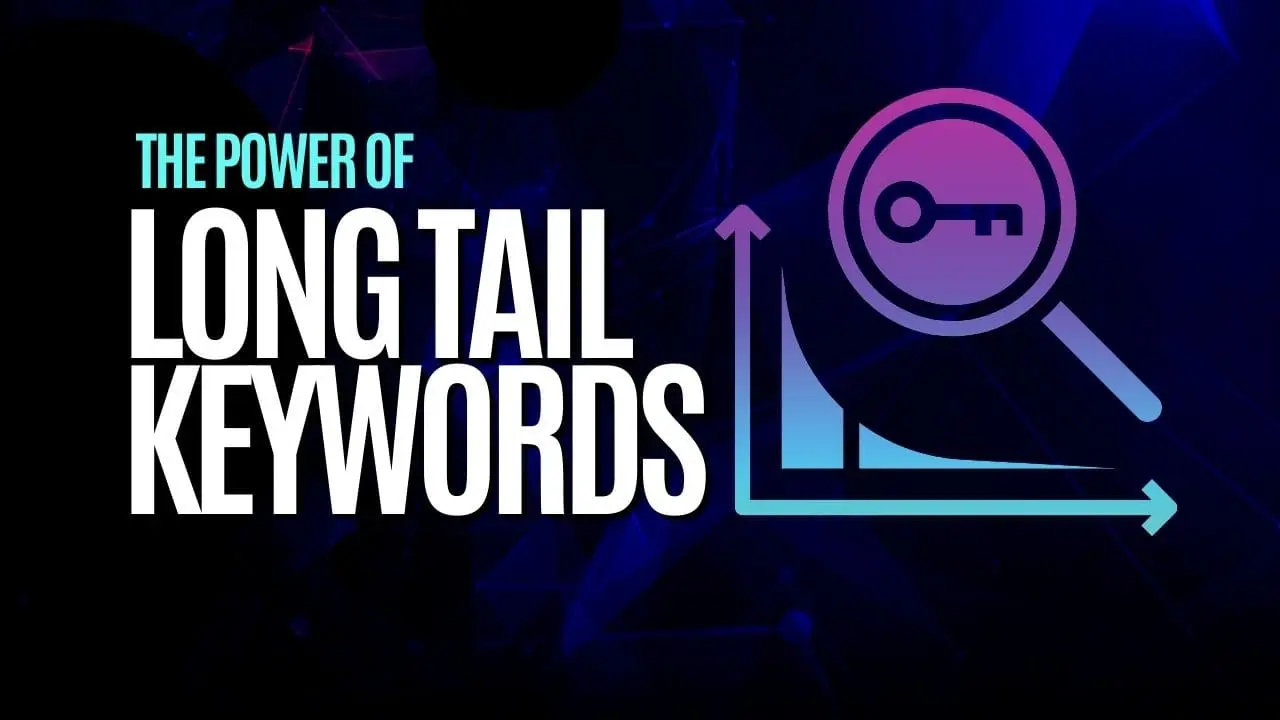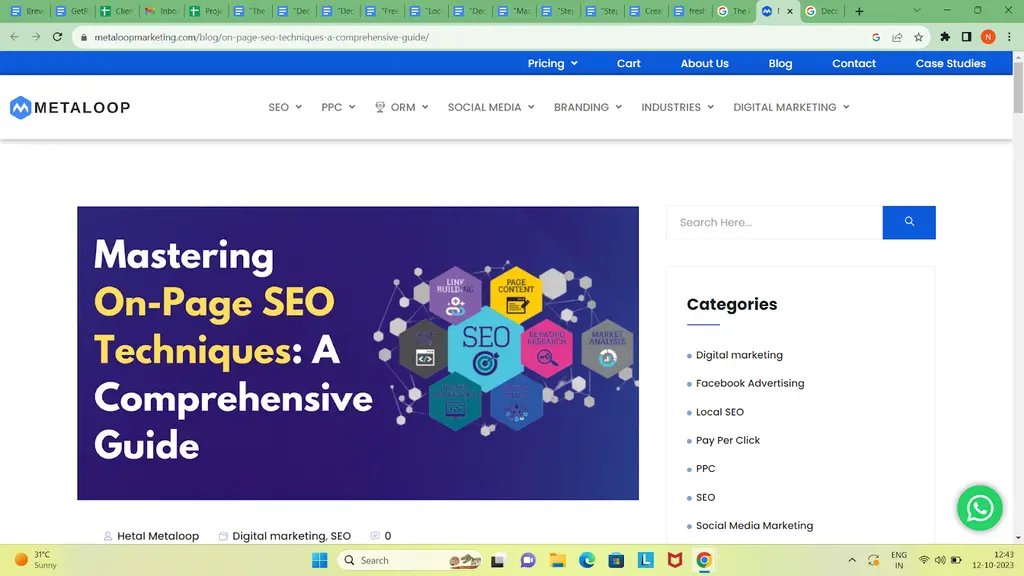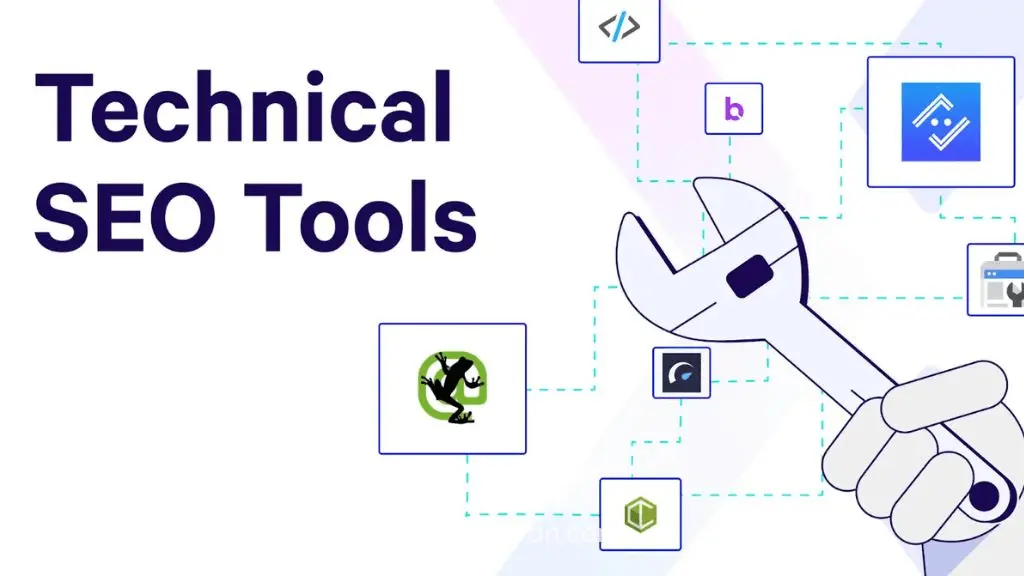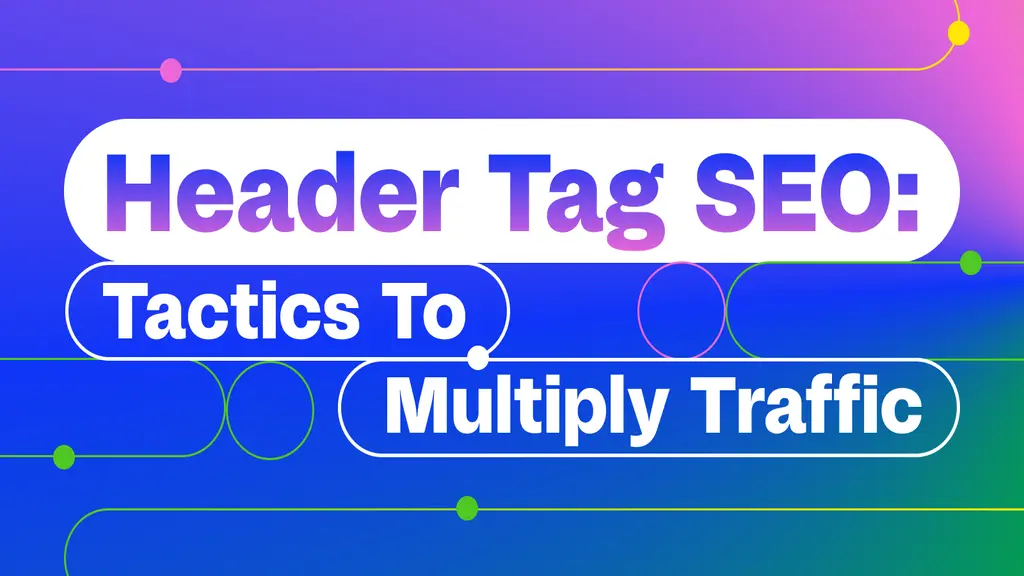What is a sitemap in SEO?
What is an XML sitemap and how does it differ from a HTML sitemap?
-
Answer: An XML sitemap is a file specifically designed for search engines, listing a website’s URLs. It's different from an HTML sitemap, which is designed for human visitors to help them navigate the website.
How does an XML sitemap benefit my website's SEO?
Is an XML sitemap necessary for all websites?
-
Answer: While not strictly necessary for smaller websites, an XML sitemap is highly recommended for larger sites, those with a significant amount of content, or websites that frequently update or add new content.
How can I create an XML sitemap for my website?
-
Answer: You can create an XML sitemap using various sitemap generator tools available online, or if you use a content management system (CMS) like WordPress, there are plugins that can automatically generate it for you.
What should be included in an XML sitemap?
-
Answer: Your XML sitemap should include URLs for all your website's pages, including posts, categories, and images. Prioritize pages that are important and update regularly.
How do I submit my XML sitemap to search engines?
Can a sitemap improve my website's crawlability?
Do I need to update my XML sitemap regularly?
Can a sitemap affect my website’s Google rankings?
-
Answer: Directly, a sitemap may not boost your Google rankings, but it helps search engines index your site more effectively, which can contribute to better visibility and rankings indirectly.




































































![1707475220 Bebran[1]](https://bebran.com/public/uploads/1709129094_1707475220_bebran[1].webp)

![1707475220 Bebran[1]](https://bebran.com/public/uploads/1709132759_1707475220_bebran[1].webp)

![1707475220 Bebran[1]](https://bebran.com/public/uploads/1709133996_1707475220_bebran[1].webp)

![1707475220 Bebran[1]](https://bebran.com/public/uploads/1709135250_1707475220_bebran[1].webp)

![1707475220 Bebran[1]](https://bebran.com/public/uploads/1709135874_1707475220_bebran[1].webp)

![1707475220 Bebran[1]](https://bebran.com/public/uploads/1709136770_1707475220_bebran[1].webp)







![1707475220 Bebran[1]](https://bebran.com/public/uploads/1709188948_1707475220_bebran[1].webp)

![1707475220 Bebran[1]](https://bebran.com/public/uploads/1709190426_1707475220_bebran[1].webp)


























































































